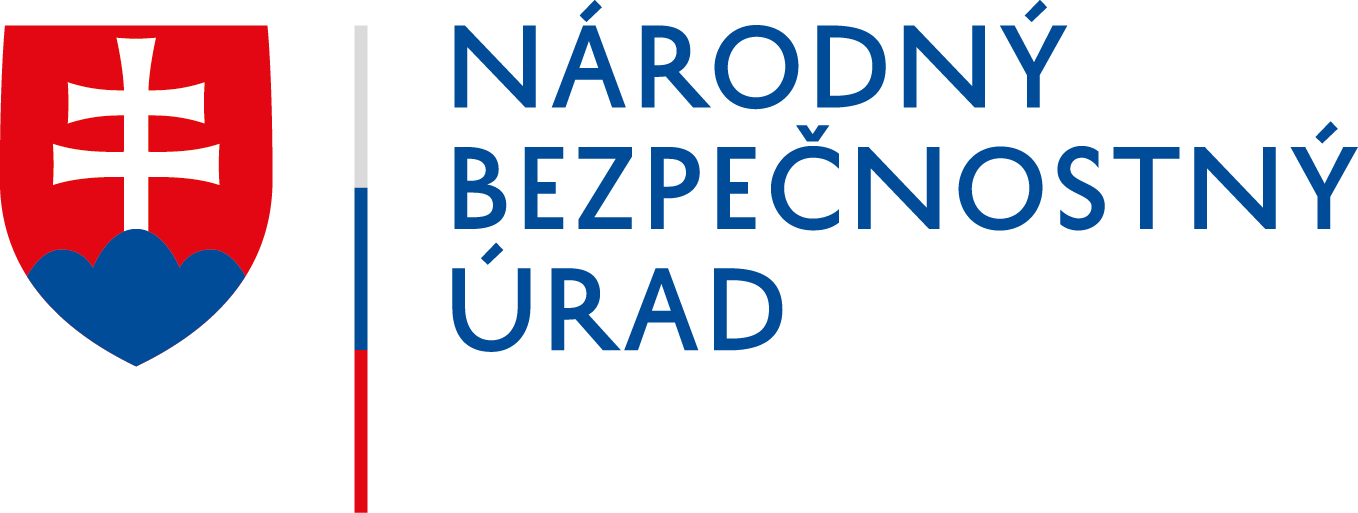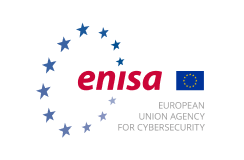Botnets
Botnets are networks of computers infected by malware (such as computer viruses, key loggers and other malicious software) and controlled remotely by criminals, usually for financial gain or to launch attacks on websites or networks.
If your computer is infected with this malware and part of a botnet, it communicates and receives instructions about what it’s supposed to do from “command and control” computers located anywhere around the globe. What your computer does depends on what the cybercriminals are trying to accomplish.
Many botnets are designed to harvest data, such as passwords, Social Security numbers, credit card numbers, addresses, telephone numbers and other personal information. The data is then used for nefarious purposes, such as identity theft, credit card fraud, spamming (sending junk e-mail), website attack, and malware distribution.
(Author: National Cyber Security Alliance, published under Public License)





